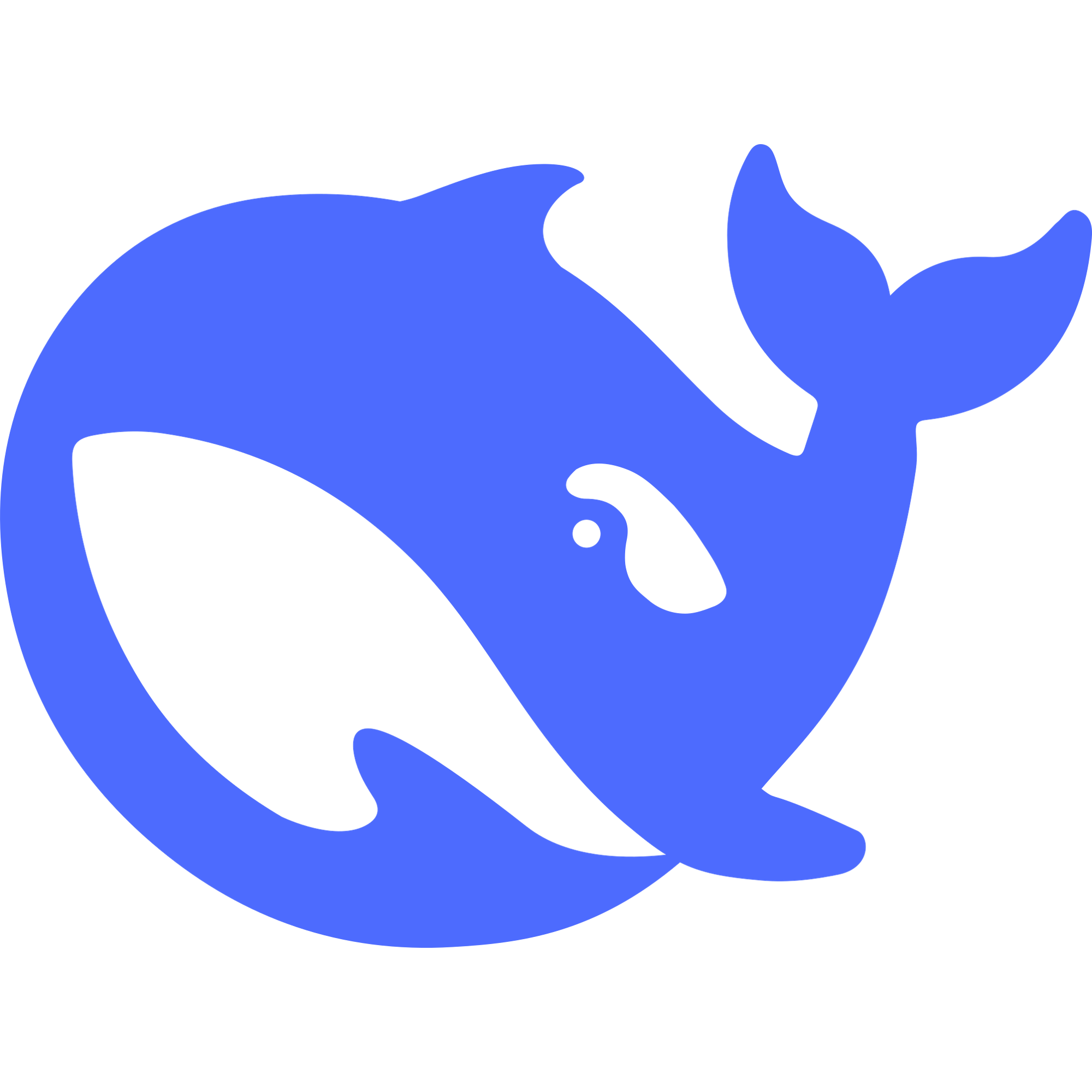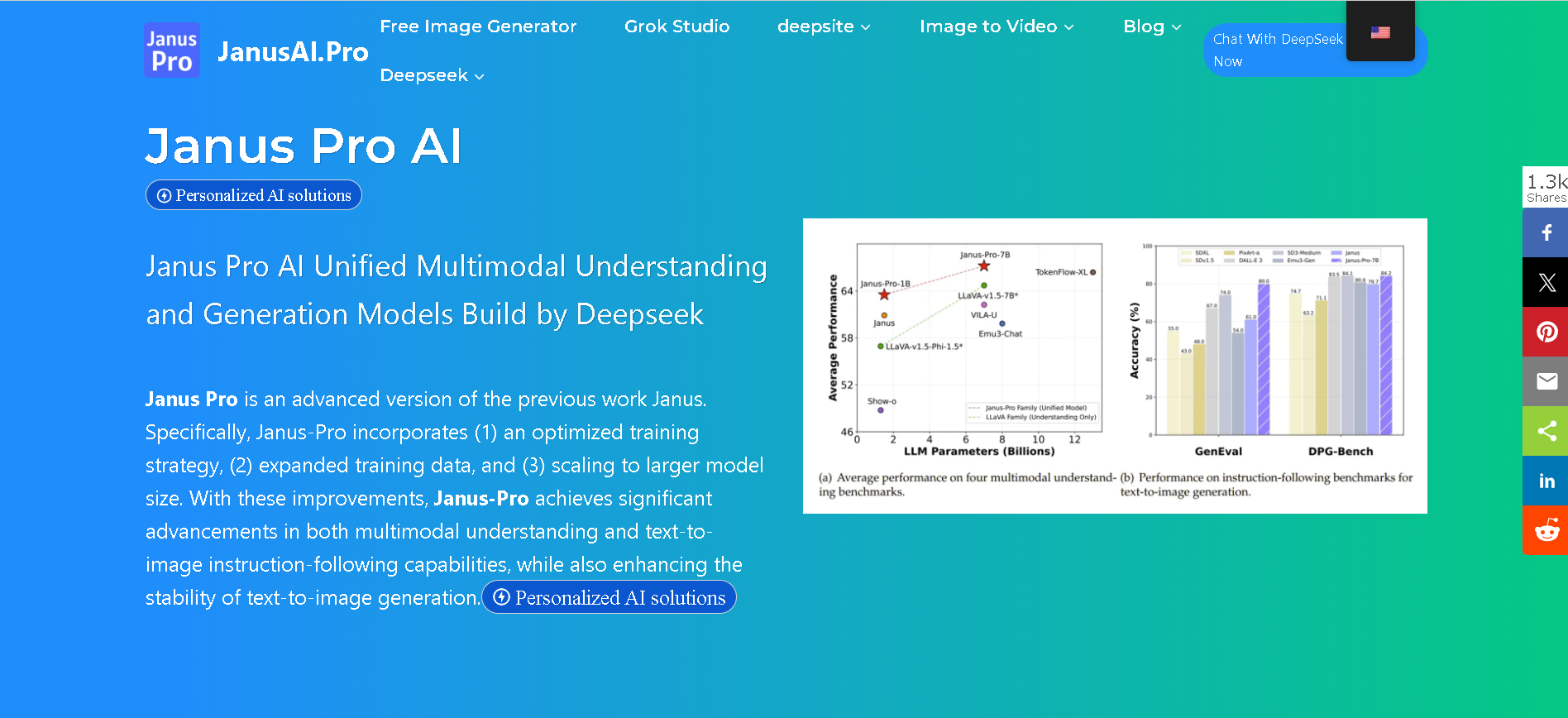
- Developers & Engineers: Build multimodal apps, image chatbots, or integrated visual pipelines locally or via Hugging Face.
- Content Creators & Designers: Generate stylized or photorealistic visuals and animate image understanding in one model.
- Researchers & Academics: Explore unified multimodal reasoning and instruction-following in an open-source context.
- Enterprises & API Consumers: Deploy via DeepSeek-hosted APIs or open-source frameworks with MIT licensing.
- Community & Enthusiasts: Run 7B locally with consumer GPUs (24GB+ VRAM), explore via browser demos or smaller variants.
How to Use Janus Pro 7B?
- Get the Model: Available on Hugging Face under `deepseek-ai/Janus-Pro-7B`, licensed MIT.
- Install & Run: Use PyTorch or Transformers.js; recommended setup: Python 3.8+, CUDA-enabled GPU (24GB VRAM).
- Send Multimodal Prompts: Upload images or text to ask questions, caption visuals, or generate new imagery.
- Generate Images: Provide text prompts to create 384×384 high-quality images—with parameters controllable via API.
- Iterate & Deploy: Use in Gradio apps, local demos, or integrated workflows with super-resolution support.
- Unified Multimodal Design: Processes and generates visuals and text in the same autoregressive model with separated visual paths.
- Benchmark-Beating Outputs: Achieves GenEval
0.80 (vs DALL-E 3’s 0.67), DPG-Bench0.84, MMBench ~0.79—surpassing major rivals. - Open-Source Access: MIT license enables unrestricted use and deployment across applications.
- Consumer Hardware Friendly: Lightweight 7B model runs locally with ~24GB VRAM—plus browser-based WebGPU support.
- Instruction-Aligned Performance: Follows complex instructions well, with deep vision comprehension and output fidelity.
- Unified image generation & understanding in one model
- Outperforms top closed-source models on common visual benchmarks
- Open-source and MIT‑licensed for flexible use
- Runs locally on consumer hardware or in-browser demos
- Community support via Hugging Face and open frameworks
- Still 384×384 resolution—higher-res needs extra steps
- Some users report output quality is inconsistent or non‑photorealistic
Custom
Custom
Proud of the love you're getting? Show off your AI Toolbook reviews—then invite more fans to share the love and build your credibility.
Add an AI Toolbook badge to your site—an easy way to drive followers, showcase updates, and collect reviews. It's like a mini 24/7 billboard for your AI.
Reviews
Rating Distribution
Average score
Popular Mention
FAQs
Similar AI Tools

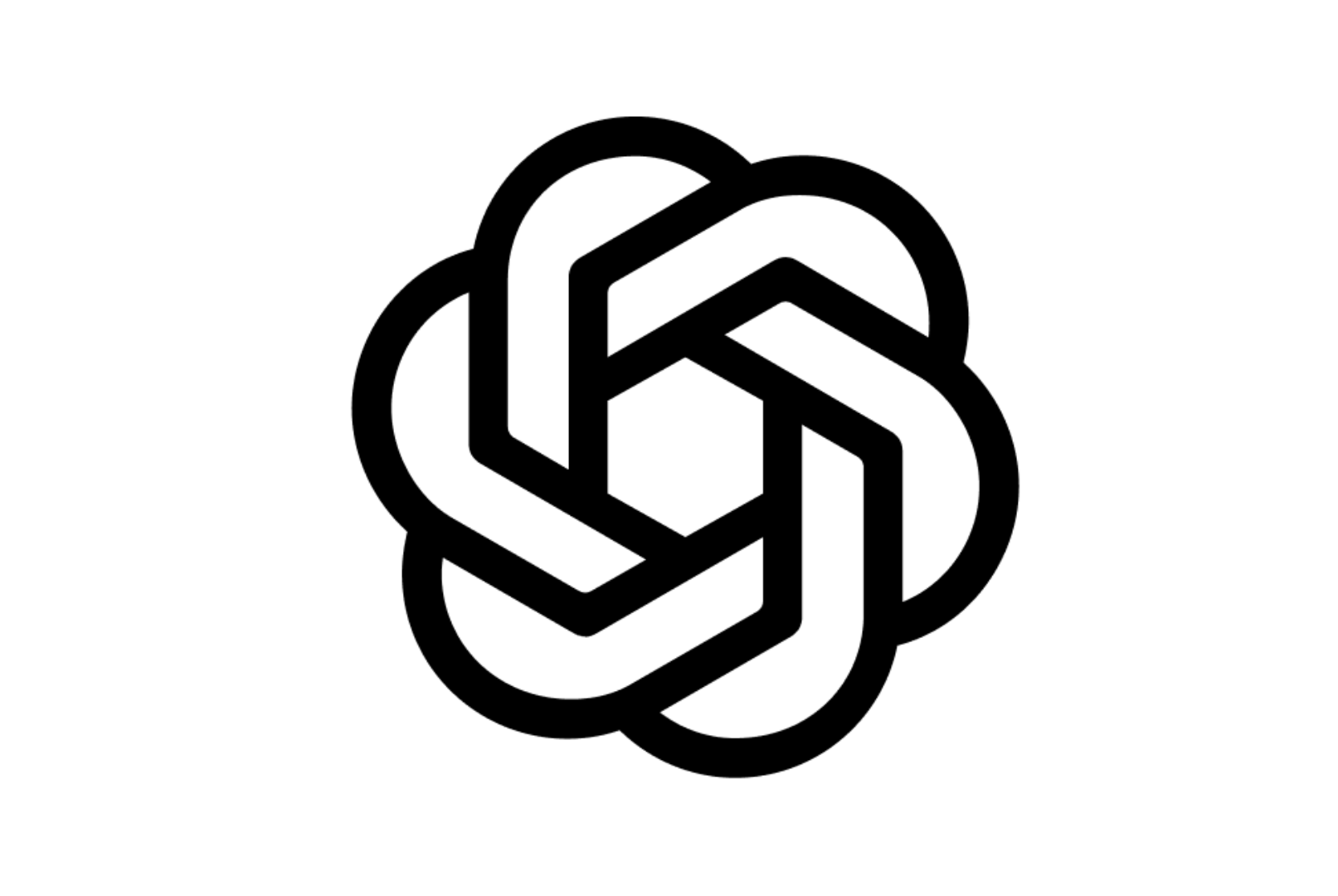
OpenAI - GPT 4.1
GPT-4.1 is OpenAI’s newest multimodal large language model, designed to deliver highly capable, efficient, and intelligent performance across a broad range of tasks. It builds on the foundation of GPT-4 and GPT-4 Turbo, offering enhanced reasoning, greater factual accuracy, and smoother integration with tools like code interpreters, retrieval systems, and image understanding. With native support for a 128K token context window, function calling, and robust tool usage, GPT-4.1 brings AI closer to behaving like a reliable, adaptive assistant—ready to work, build, and collaborate across tasks with speed and precision.


OpenAI - GPT 4.1
GPT-4.1 is OpenAI’s newest multimodal large language model, designed to deliver highly capable, efficient, and intelligent performance across a broad range of tasks. It builds on the foundation of GPT-4 and GPT-4 Turbo, offering enhanced reasoning, greater factual accuracy, and smoother integration with tools like code interpreters, retrieval systems, and image understanding. With native support for a 128K token context window, function calling, and robust tool usage, GPT-4.1 brings AI closer to behaving like a reliable, adaptive assistant—ready to work, build, and collaborate across tasks with speed and precision.


OpenAI - GPT 4.1
GPT-4.1 is OpenAI’s newest multimodal large language model, designed to deliver highly capable, efficient, and intelligent performance across a broad range of tasks. It builds on the foundation of GPT-4 and GPT-4 Turbo, offering enhanced reasoning, greater factual accuracy, and smoother integration with tools like code interpreters, retrieval systems, and image understanding. With native support for a 128K token context window, function calling, and robust tool usage, GPT-4.1 brings AI closer to behaving like a reliable, adaptive assistant—ready to work, build, and collaborate across tasks with speed and precision.

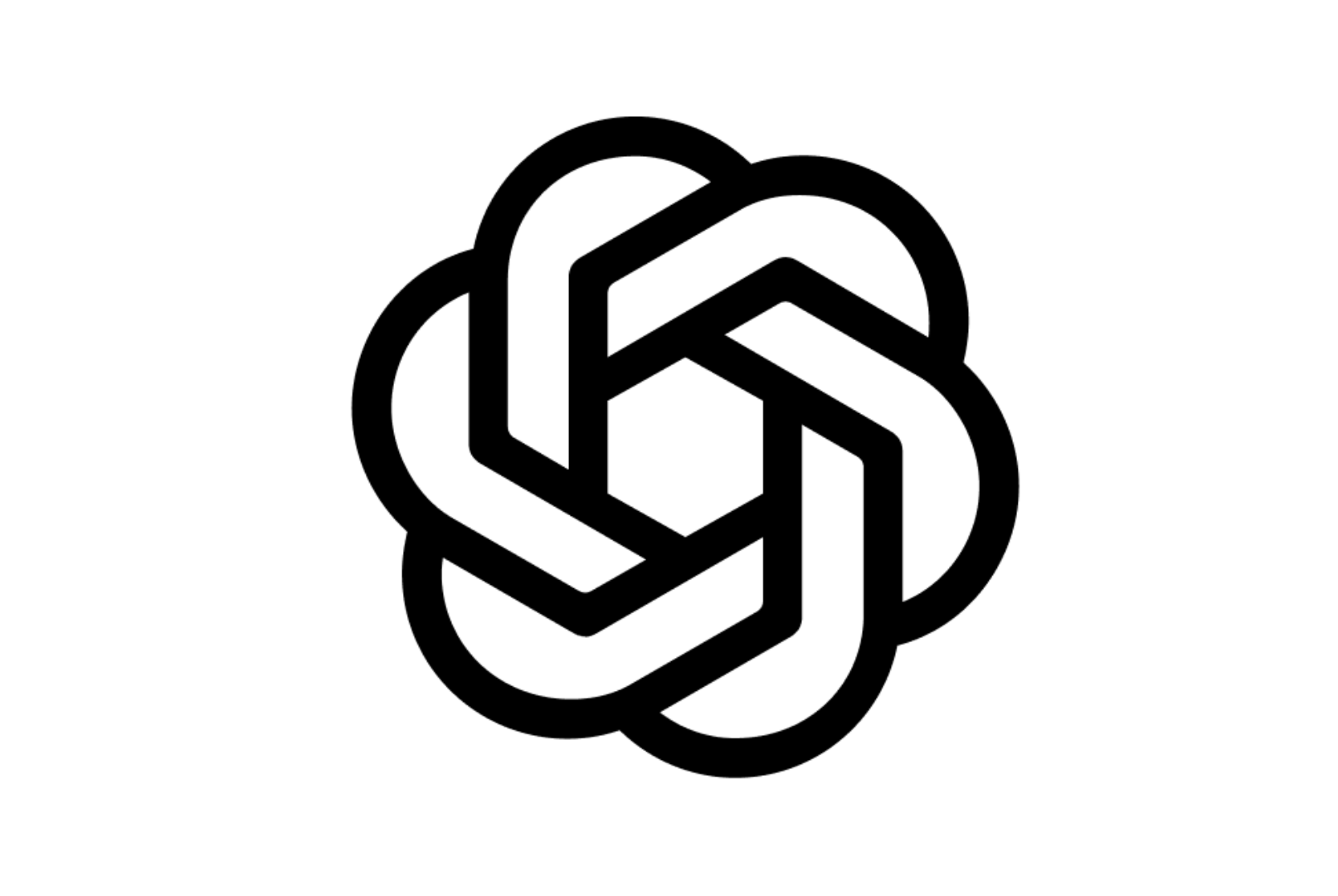
OpenAI GPT Image 1
GPT-Image-1 is OpenAI's state-of-the-art vision model designed to understand and interpret images with human-like perception. It enables developers and businesses to analyze, summarize, and extract detailed insights from images using natural language. Whether you're building AI agents, accessibility tools, or image-driven workflows, GPT-Image-1 brings powerful multimodal capabilities into your applications with impressive accuracy. Optimized for use via API, it can handle diverse image types—charts, screenshots, photographs, documents, and more—making it one of the most versatile models in OpenAI’s portfolio.


OpenAI GPT Image 1
GPT-Image-1 is OpenAI's state-of-the-art vision model designed to understand and interpret images with human-like perception. It enables developers and businesses to analyze, summarize, and extract detailed insights from images using natural language. Whether you're building AI agents, accessibility tools, or image-driven workflows, GPT-Image-1 brings powerful multimodal capabilities into your applications with impressive accuracy. Optimized for use via API, it can handle diverse image types—charts, screenshots, photographs, documents, and more—making it one of the most versatile models in OpenAI’s portfolio.


OpenAI GPT Image 1
GPT-Image-1 is OpenAI's state-of-the-art vision model designed to understand and interpret images with human-like perception. It enables developers and businesses to analyze, summarize, and extract detailed insights from images using natural language. Whether you're building AI agents, accessibility tools, or image-driven workflows, GPT-Image-1 brings powerful multimodal capabilities into your applications with impressive accuracy. Optimized for use via API, it can handle diverse image types—charts, screenshots, photographs, documents, and more—making it one of the most versatile models in OpenAI’s portfolio.

Gemini 1.5 Flash‑8B is Google DeepMind’s lightweight, high-volume variant of the 1.5 Flash model, optimized for efficiency and scale. It maintains multimodal abilities (text, image, audio, video) and a massive 1 million token context window—while offering 50 % lower pricing, 2× higher rate limits, and lower latency on small prompts compared to standard Flash.


Gemini 1.5 Flash-8..
Gemini 1.5 Flash‑8B is Google DeepMind’s lightweight, high-volume variant of the 1.5 Flash model, optimized for efficiency and scale. It maintains multimodal abilities (text, image, audio, video) and a massive 1 million token context window—while offering 50 % lower pricing, 2× higher rate limits, and lower latency on small prompts compared to standard Flash.


Gemini 1.5 Flash-8..
Gemini 1.5 Flash‑8B is Google DeepMind’s lightweight, high-volume variant of the 1.5 Flash model, optimized for efficiency and scale. It maintains multimodal abilities (text, image, audio, video) and a massive 1 million token context window—while offering 50 % lower pricing, 2× higher rate limits, and lower latency on small prompts compared to standard Flash.
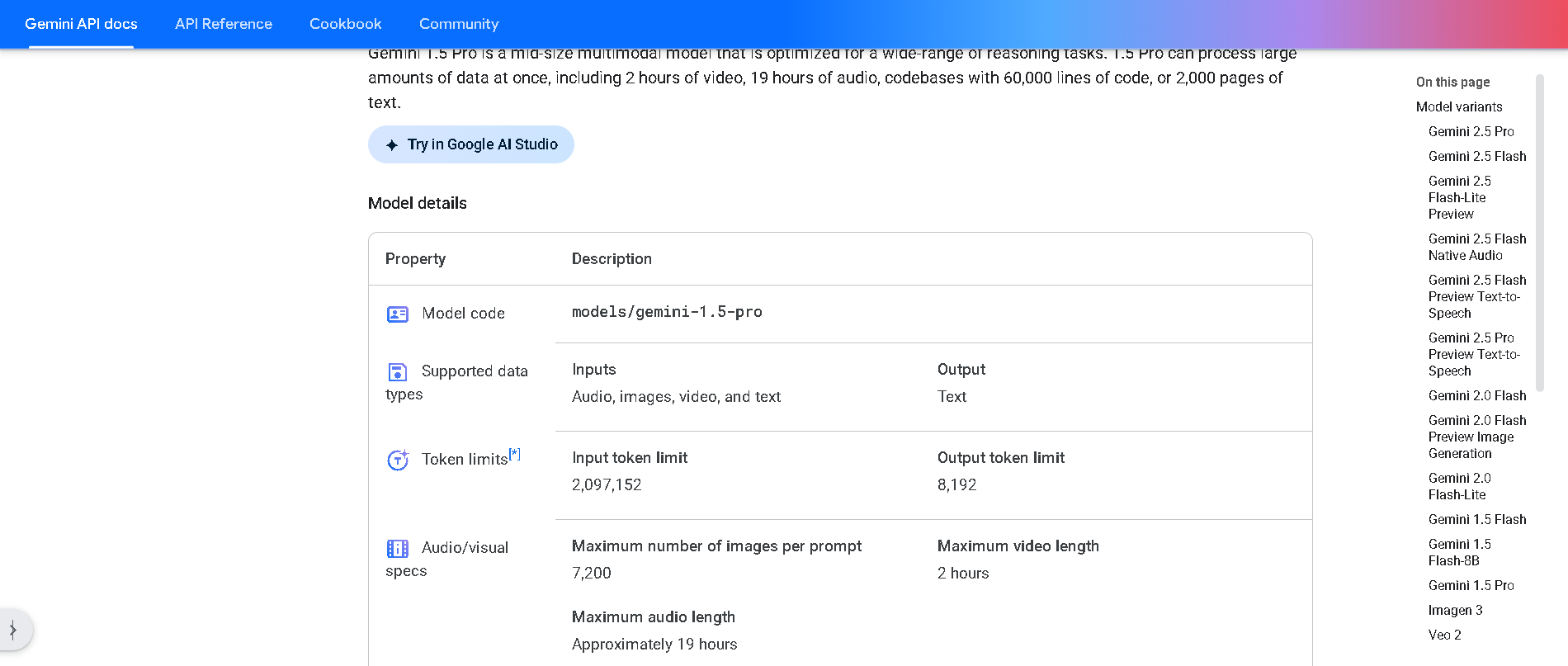

Gemini 1.5 Pro
Gemini 1.5 Pro is Google DeepMind’s mid-size multimodal model, using a mixture-of-experts (MoE) architecture to deliver high performance with lower compute. It supports text, images, audio, video, and code, and features an experimental context window up to 1 million tokens—the longest among widely available models. It excels in long-document reasoning, multimodal understanding, and in-context learning.


Gemini 1.5 Pro
Gemini 1.5 Pro is Google DeepMind’s mid-size multimodal model, using a mixture-of-experts (MoE) architecture to deliver high performance with lower compute. It supports text, images, audio, video, and code, and features an experimental context window up to 1 million tokens—the longest among widely available models. It excels in long-document reasoning, multimodal understanding, and in-context learning.


Gemini 1.5 Pro
Gemini 1.5 Pro is Google DeepMind’s mid-size multimodal model, using a mixture-of-experts (MoE) architecture to deliver high performance with lower compute. It supports text, images, audio, video, and code, and features an experimental context window up to 1 million tokens—the longest among widely available models. It excels in long-document reasoning, multimodal understanding, and in-context learning.
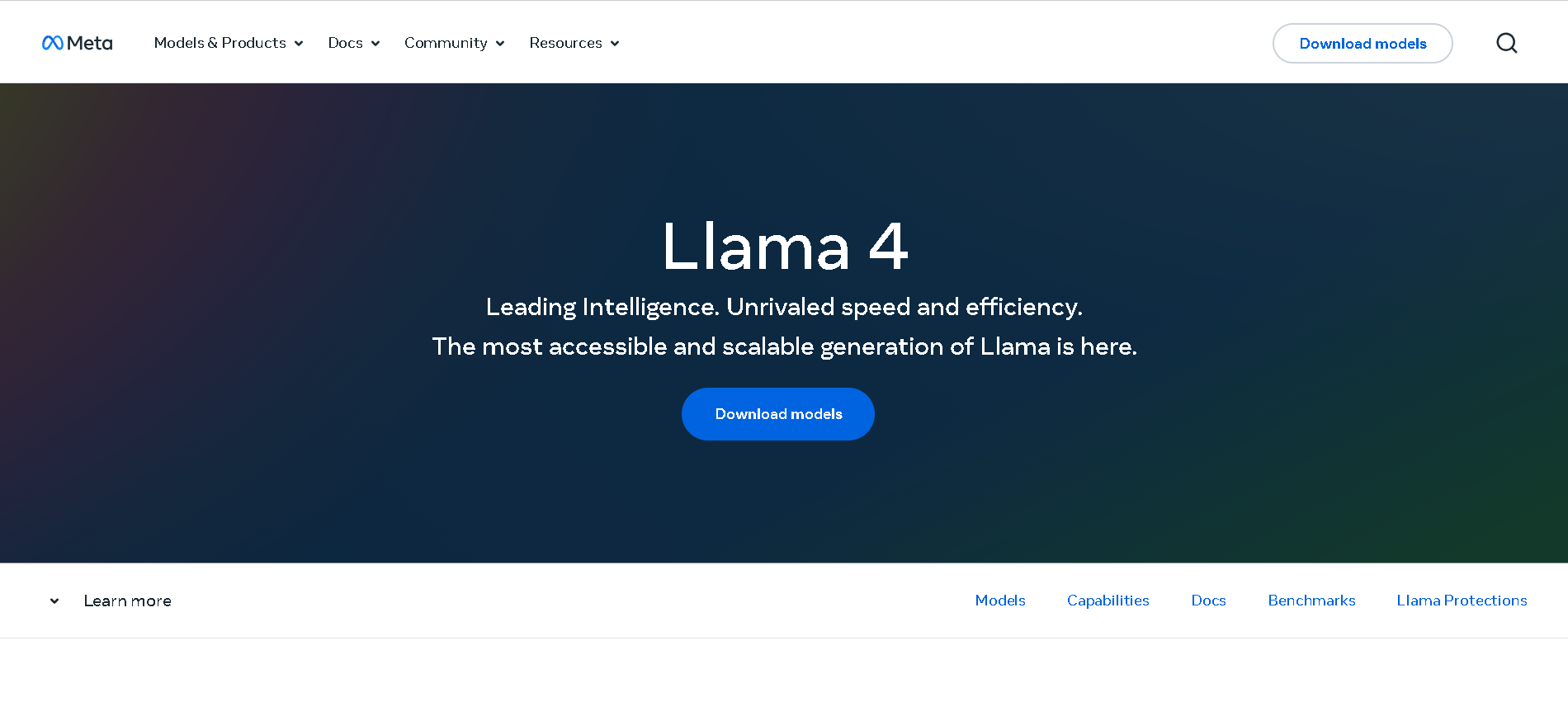
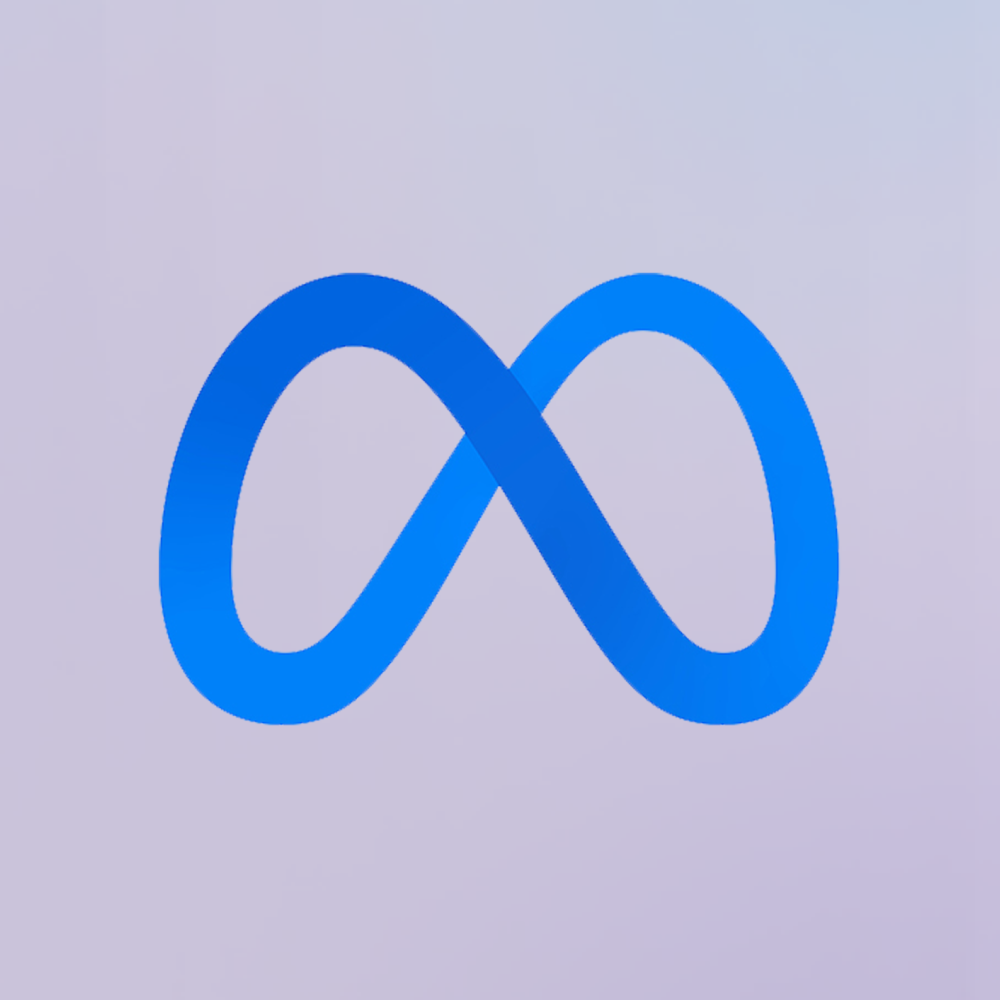
Meta Llama 4
Meta Llama 4 is the latest generation of Meta’s large language model series. It features a mixture-of-experts (MoE) architecture, making it both highly efficient and powerful. Llama 4 is natively multimodal—supporting text and image inputs—and offers three key variants: Scout (17B active parameters, 10 M token context), Maverick (17B active, 1 M token context), and Behemoth (288B active, 2 T total parameters; still in development). Designed for long-context reasoning, multilingual understanding, and open-weight availability (with license restrictions), Llama 4 excels in benchmarks and versatility.


Meta Llama 4
Meta Llama 4 is the latest generation of Meta’s large language model series. It features a mixture-of-experts (MoE) architecture, making it both highly efficient and powerful. Llama 4 is natively multimodal—supporting text and image inputs—and offers three key variants: Scout (17B active parameters, 10 M token context), Maverick (17B active, 1 M token context), and Behemoth (288B active, 2 T total parameters; still in development). Designed for long-context reasoning, multilingual understanding, and open-weight availability (with license restrictions), Llama 4 excels in benchmarks and versatility.


Meta Llama 4
Meta Llama 4 is the latest generation of Meta’s large language model series. It features a mixture-of-experts (MoE) architecture, making it both highly efficient and powerful. Llama 4 is natively multimodal—supporting text and image inputs—and offers three key variants: Scout (17B active parameters, 10 M token context), Maverick (17B active, 1 M token context), and Behemoth (288B active, 2 T total parameters; still in development). Designed for long-context reasoning, multilingual understanding, and open-weight availability (with license restrictions), Llama 4 excels in benchmarks and versatility.

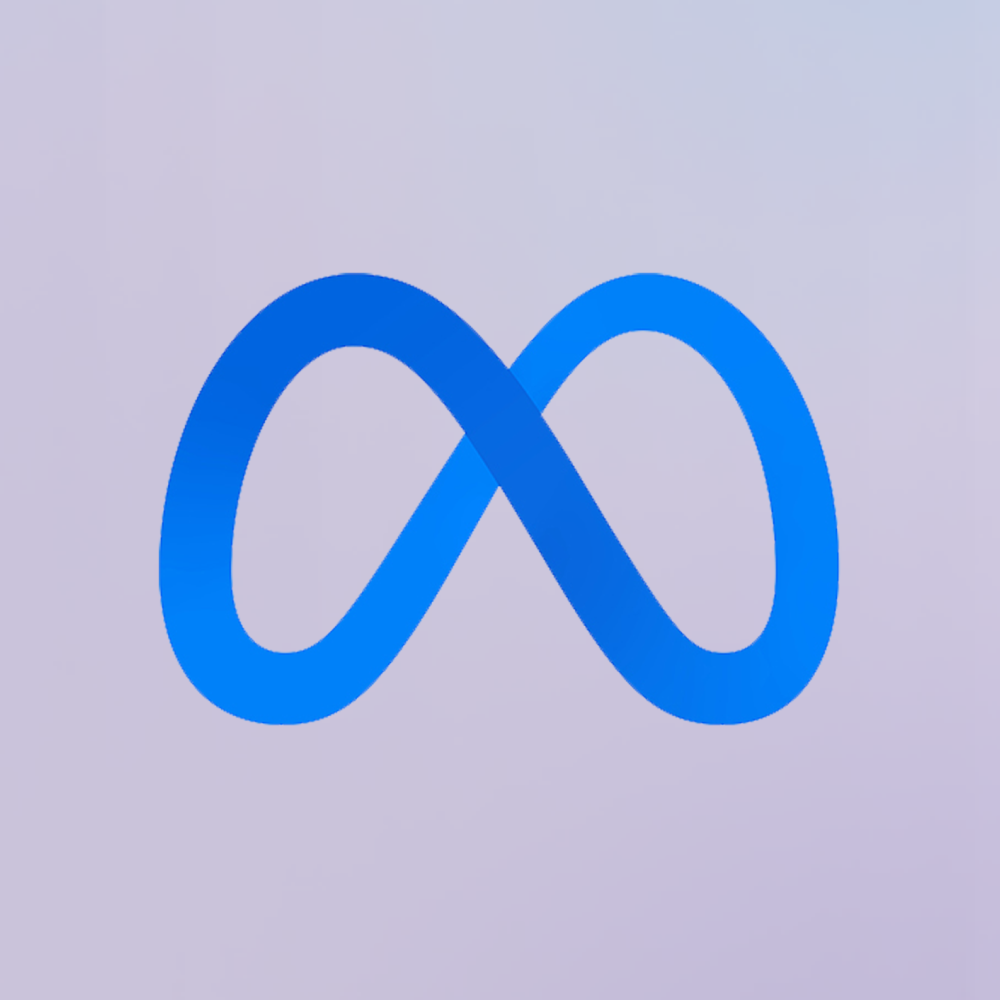
Meta Llama 3
Meta Llama 3 is Meta’s third-generation open-weight large language model family, released in April 2024 and enhanced in July 2024 with the 3.1 update. It spans three sizes—8B, 70B, and 405B parameters—each offering a 128K‑token context window. Llama 3 excels at reasoning, code generation, multilingual text, and instruction-following, and introduces multimodal vision (image understanding) capabilities in its 3.2 series. Robust safety mechanisms like Llama Guard 3, Code Shield, and CyberSec Eval 2 ensure responsible output.


Meta Llama 3
Meta Llama 3 is Meta’s third-generation open-weight large language model family, released in April 2024 and enhanced in July 2024 with the 3.1 update. It spans three sizes—8B, 70B, and 405B parameters—each offering a 128K‑token context window. Llama 3 excels at reasoning, code generation, multilingual text, and instruction-following, and introduces multimodal vision (image understanding) capabilities in its 3.2 series. Robust safety mechanisms like Llama Guard 3, Code Shield, and CyberSec Eval 2 ensure responsible output.


Meta Llama 3
Meta Llama 3 is Meta’s third-generation open-weight large language model family, released in April 2024 and enhanced in July 2024 with the 3.1 update. It spans three sizes—8B, 70B, and 405B parameters—each offering a 128K‑token context window. Llama 3 excels at reasoning, code generation, multilingual text, and instruction-following, and introduces multimodal vision (image understanding) capabilities in its 3.2 series. Robust safety mechanisms like Llama Guard 3, Code Shield, and CyberSec Eval 2 ensure responsible output.

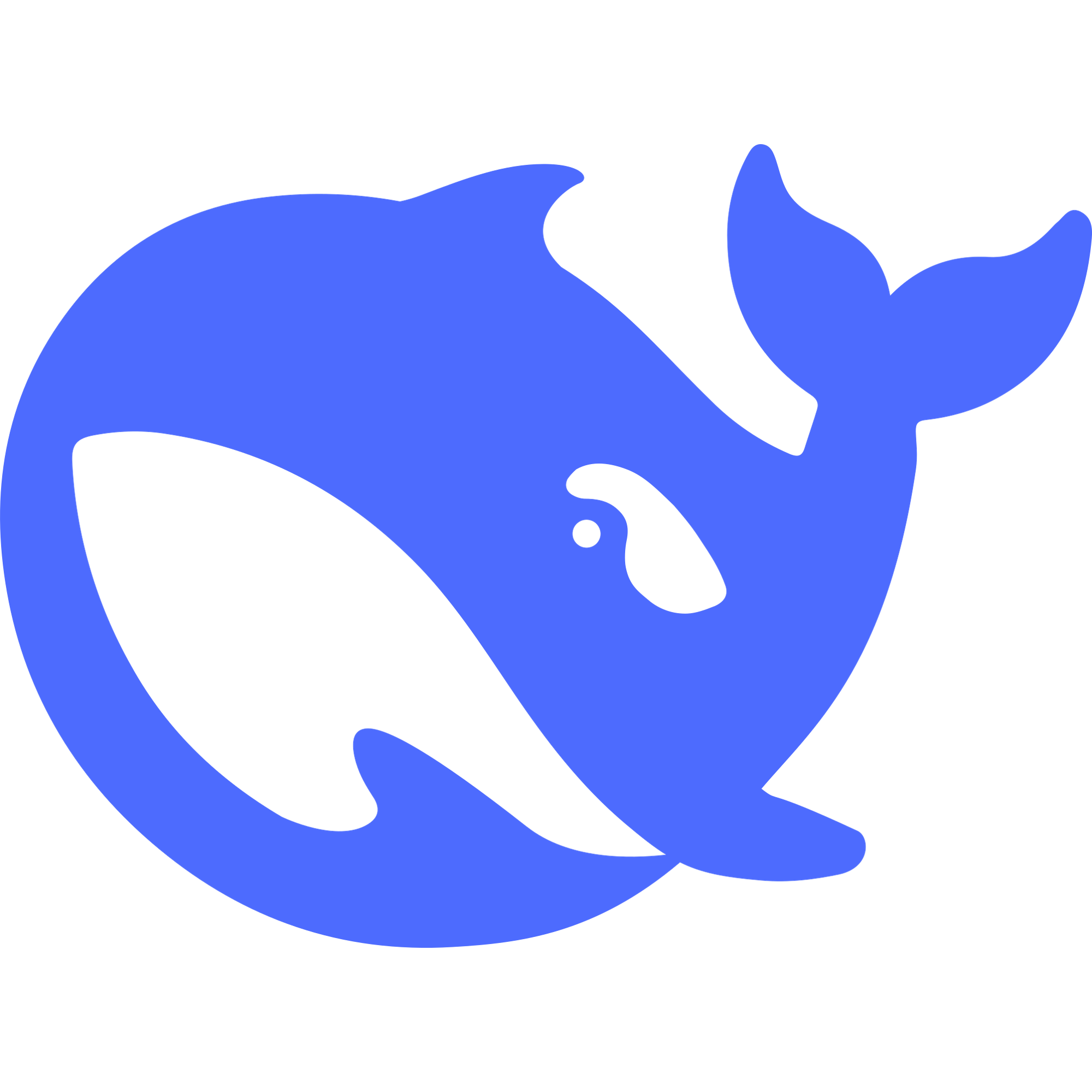
DeepSeek-R1
DeepSeek‑R1 is the flagship reasoning-oriented AI model from Chinese startup DeepSeek. It’s an open-source, mixture-of-experts (MoE) model combining model weights clarity and chain-of-thought reasoning trained primarily through reinforcement learning. R1 delivers top-tier benchmark performance—on par with or surpassing OpenAI o1 in math, coding, and reasoning—while being significantly more cost-efficient.


DeepSeek-R1
DeepSeek‑R1 is the flagship reasoning-oriented AI model from Chinese startup DeepSeek. It’s an open-source, mixture-of-experts (MoE) model combining model weights clarity and chain-of-thought reasoning trained primarily through reinforcement learning. R1 delivers top-tier benchmark performance—on par with or surpassing OpenAI o1 in math, coding, and reasoning—while being significantly more cost-efficient.


DeepSeek-R1
DeepSeek‑R1 is the flagship reasoning-oriented AI model from Chinese startup DeepSeek. It’s an open-source, mixture-of-experts (MoE) model combining model weights clarity and chain-of-thought reasoning trained primarily through reinforcement learning. R1 delivers top-tier benchmark performance—on par with or surpassing OpenAI o1 in math, coding, and reasoning—while being significantly more cost-efficient.
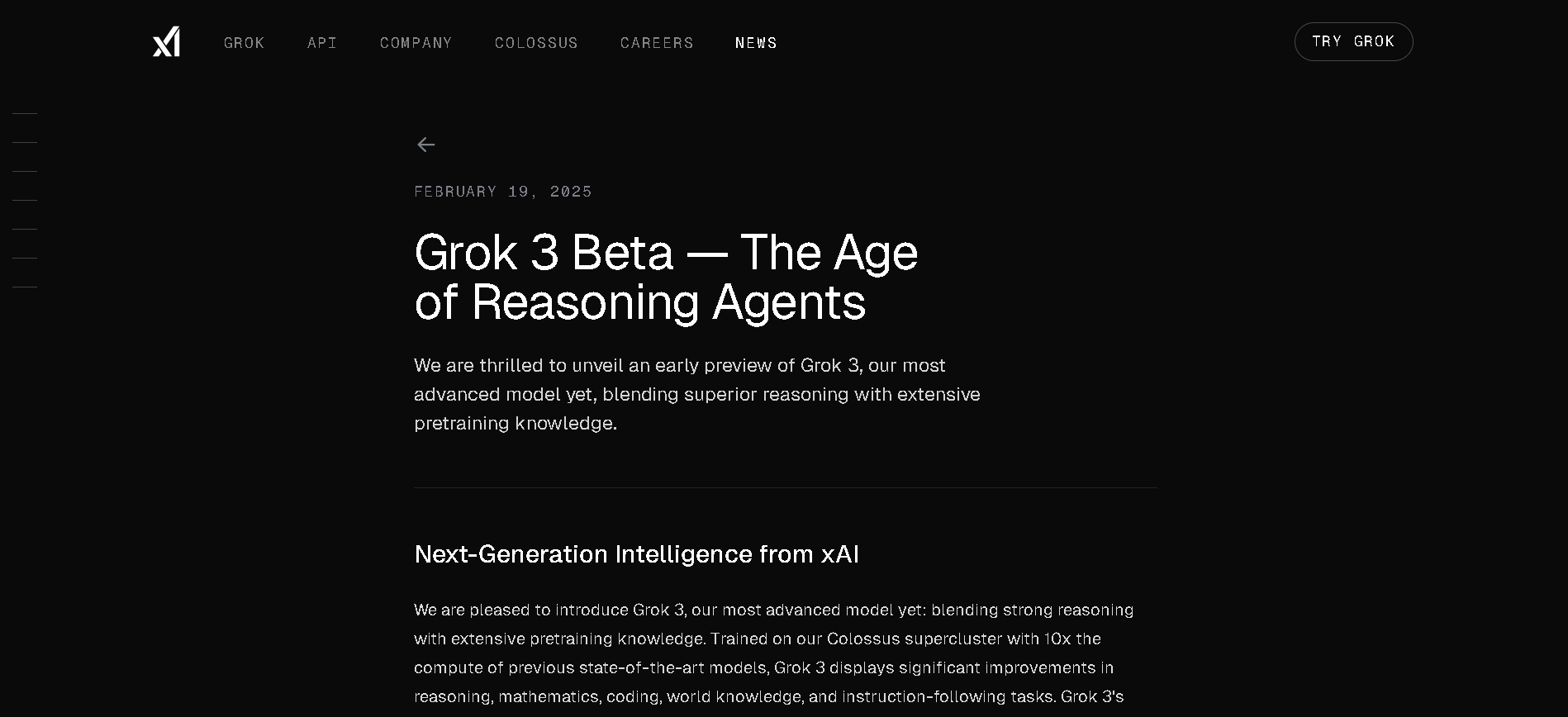
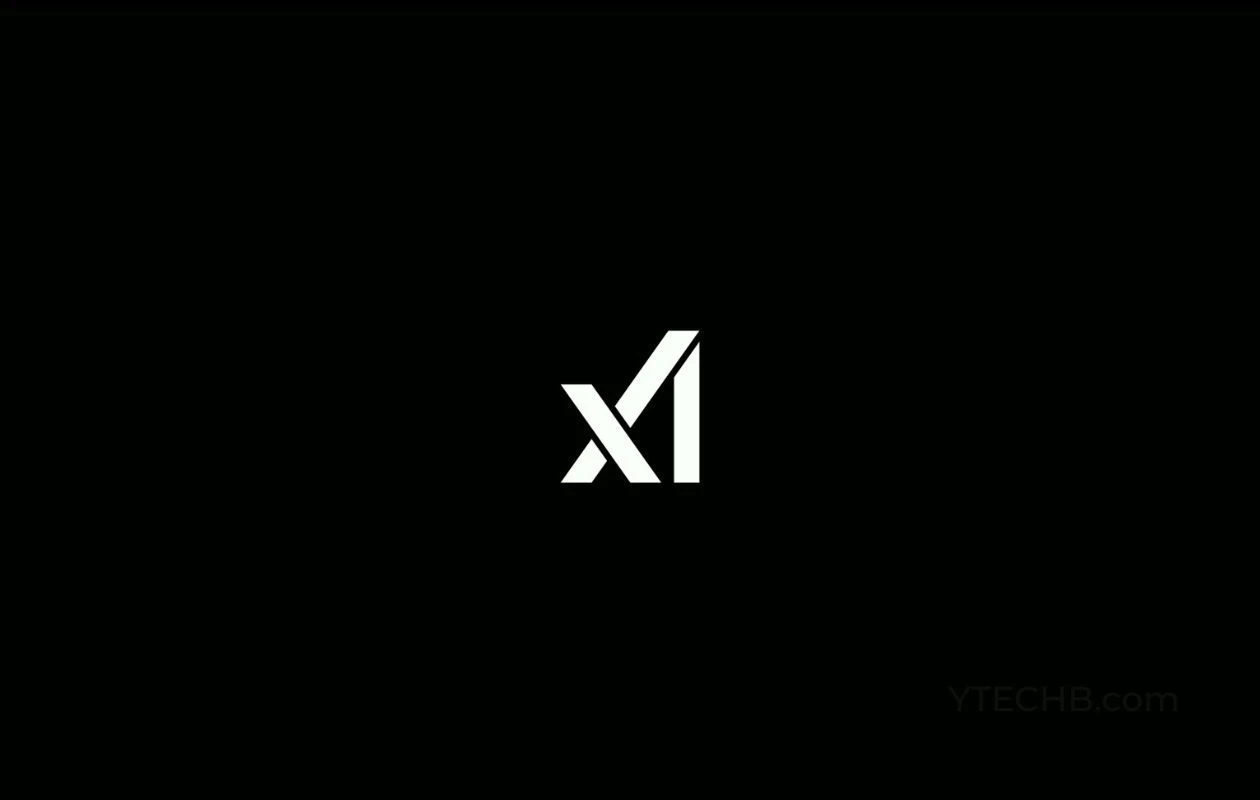
Grok 3 Latest
Grok 3 is xAI’s newest flagship AI chatbot, released on February 17, 2025, running on the massive Colossus supercluster (~200,000 GPUs). It offers elite-level reasoning, chain-of-thought transparency (“Think” mode), advanced “Big Brain” deeper reasoning, multimodal support (text, images), and integrated real-time DeepSearch—positioning it as a top-tier competitor to GPT‑4o, Gemini, Claude, and DeepSeek V3 on benchmarks.


Grok 3 Latest
Grok 3 is xAI’s newest flagship AI chatbot, released on February 17, 2025, running on the massive Colossus supercluster (~200,000 GPUs). It offers elite-level reasoning, chain-of-thought transparency (“Think” mode), advanced “Big Brain” deeper reasoning, multimodal support (text, images), and integrated real-time DeepSearch—positioning it as a top-tier competitor to GPT‑4o, Gemini, Claude, and DeepSeek V3 on benchmarks.


Grok 3 Latest
Grok 3 is xAI’s newest flagship AI chatbot, released on February 17, 2025, running on the massive Colossus supercluster (~200,000 GPUs). It offers elite-level reasoning, chain-of-thought transparency (“Think” mode), advanced “Big Brain” deeper reasoning, multimodal support (text, images), and integrated real-time DeepSearch—positioning it as a top-tier competitor to GPT‑4o, Gemini, Claude, and DeepSeek V3 on benchmarks.
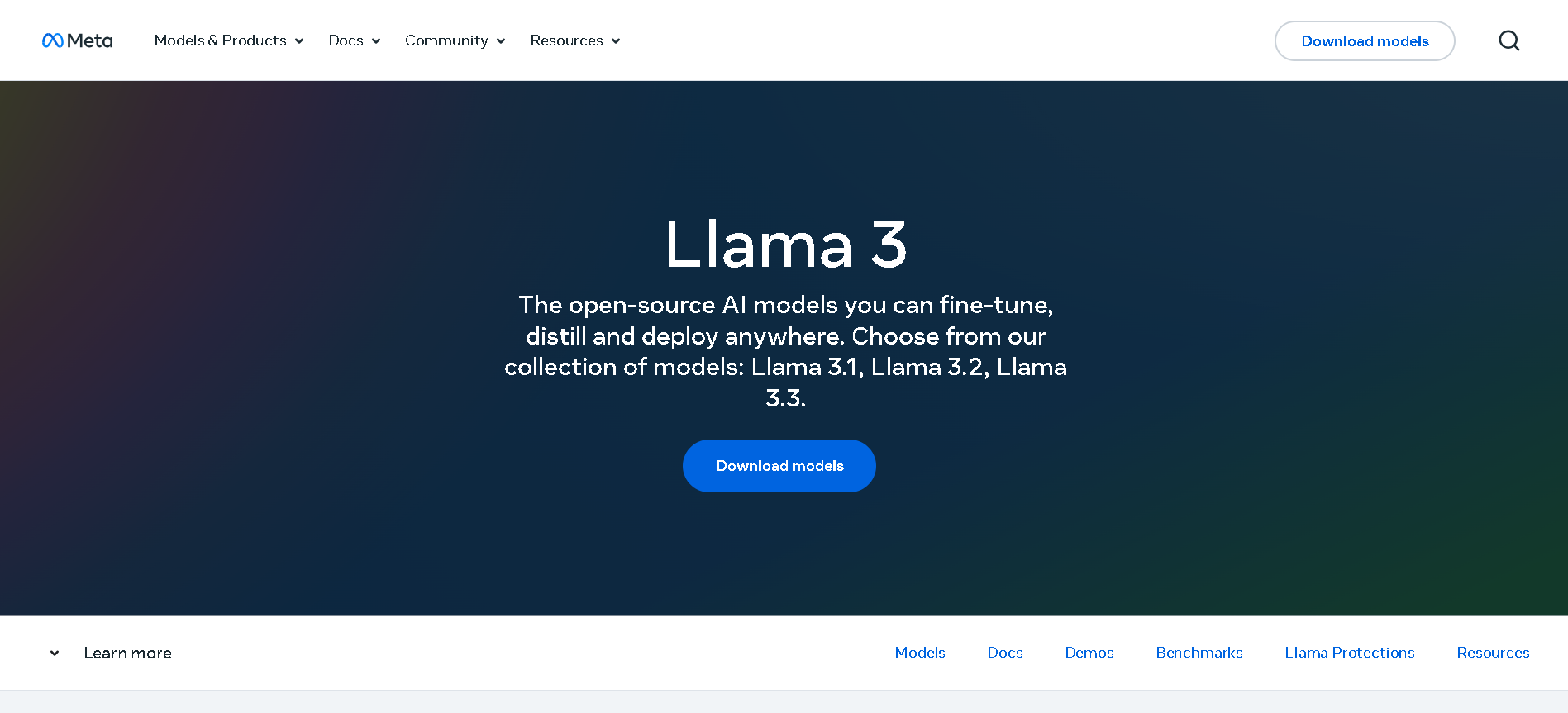

Meta Llama 3.2
Llama 3.2 is Meta’s multimodal and lightweight update to its Llama 3 line, released on September 25, 2024. The family includes 1B and 3B text-only models optimized for edge devices, as well as 11B and 90B Vision models capable of image understanding. It offers a 128K-token context window, Grouped-Query Attention for efficient inference, and opens up on-device, private AI with strong multilingual (e.g. Hindi, Spanish) support.


Meta Llama 3.2
Llama 3.2 is Meta’s multimodal and lightweight update to its Llama 3 line, released on September 25, 2024. The family includes 1B and 3B text-only models optimized for edge devices, as well as 11B and 90B Vision models capable of image understanding. It offers a 128K-token context window, Grouped-Query Attention for efficient inference, and opens up on-device, private AI with strong multilingual (e.g. Hindi, Spanish) support.


Meta Llama 3.2
Llama 3.2 is Meta’s multimodal and lightweight update to its Llama 3 line, released on September 25, 2024. The family includes 1B and 3B text-only models optimized for edge devices, as well as 11B and 90B Vision models capable of image understanding. It offers a 128K-token context window, Grouped-Query Attention for efficient inference, and opens up on-device, private AI with strong multilingual (e.g. Hindi, Spanish) support.
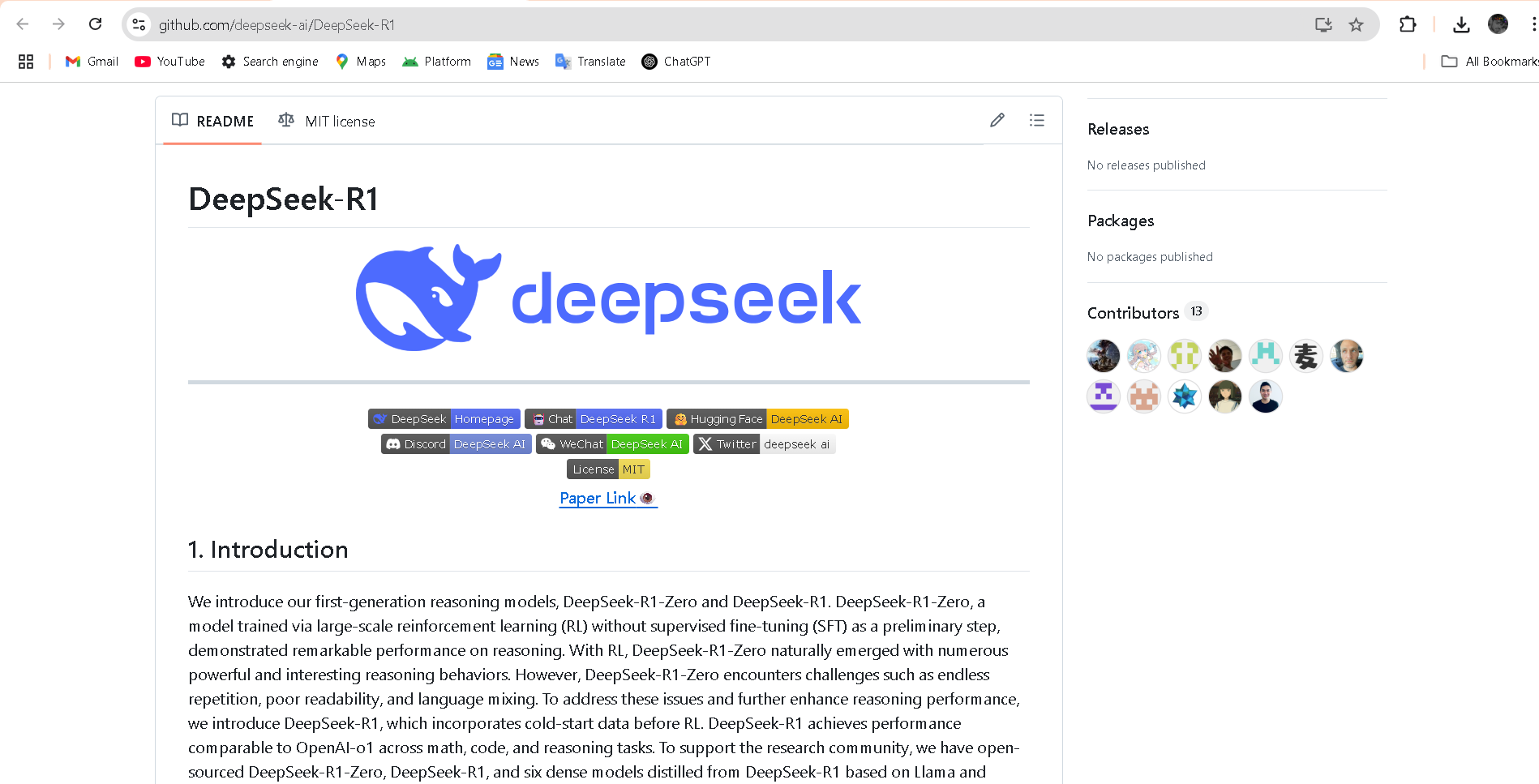

DeepSeek-R1-Zero
DeepSeek R1 Zero is an open-source large language model introduced in January 2025 by DeepSeek AI. It is a reinforcement learning–only version of DeepSeek R1, trained without supervised fine-tuning. With 671B total parameters (37B active) and a 128K-token context window, it demonstrates strong chain-of-thought reasoning, self-verification, and reflection.


DeepSeek-R1-Zero
DeepSeek R1 Zero is an open-source large language model introduced in January 2025 by DeepSeek AI. It is a reinforcement learning–only version of DeepSeek R1, trained without supervised fine-tuning. With 671B total parameters (37B active) and a 128K-token context window, it demonstrates strong chain-of-thought reasoning, self-verification, and reflection.


DeepSeek-R1-Zero
DeepSeek R1 Zero is an open-source large language model introduced in January 2025 by DeepSeek AI. It is a reinforcement learning–only version of DeepSeek R1, trained without supervised fine-tuning. With 671B total parameters (37B active) and a 128K-token context window, it demonstrates strong chain-of-thought reasoning, self-verification, and reflection.
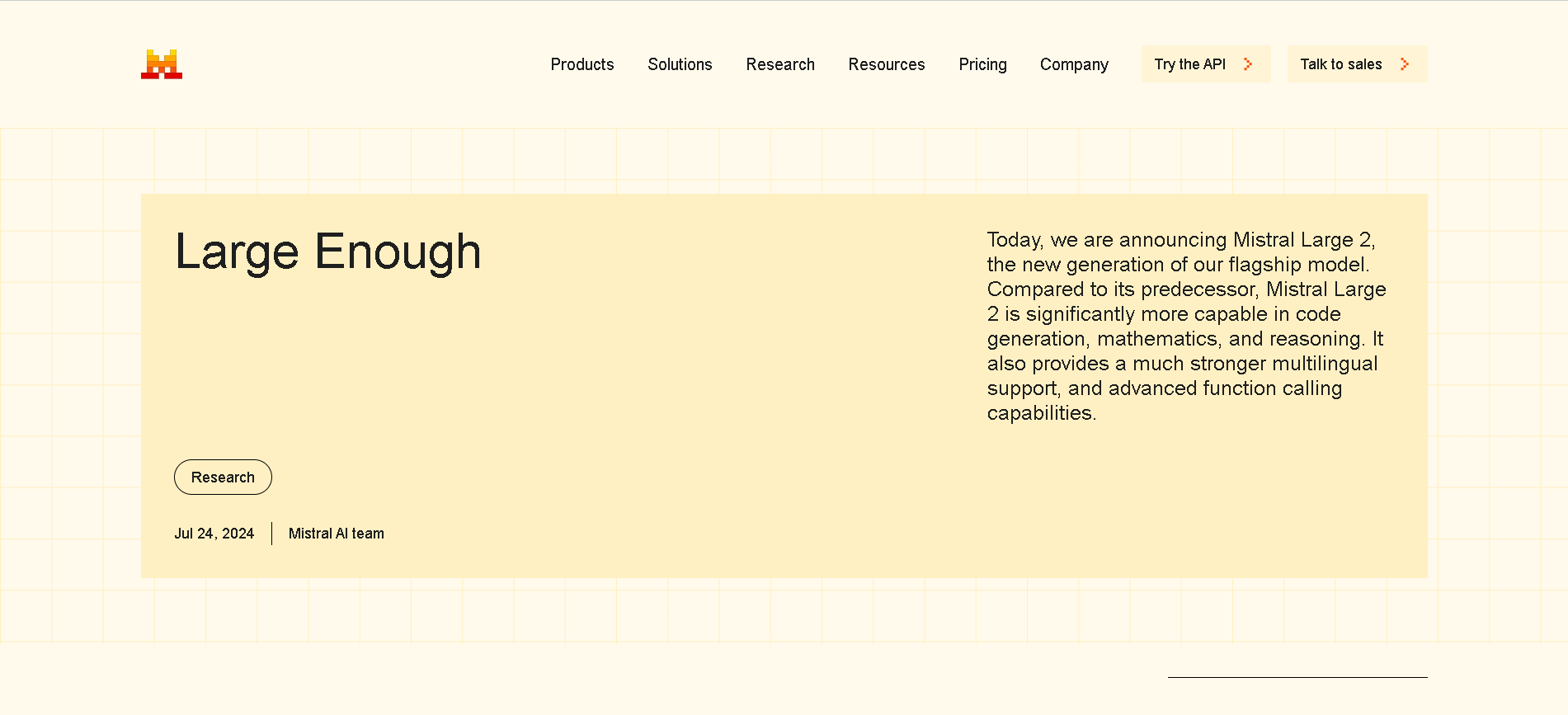
Mistral Large 2
Mistral Large 2 is the second-generation flagship model from Mistral AI, released in July 2024. Also referenced as mistral-large-2407, it’s a 123 B-parameter dense LLM with a 128 K-token context window, supporting dozens of languages and 80+ coding languages. It excels in reasoning, code generation, mathematics, instruction-following, and function calling—designed for high throughput on single-node setups.

Mistral Large 2
Mistral Large 2 is the second-generation flagship model from Mistral AI, released in July 2024. Also referenced as mistral-large-2407, it’s a 123 B-parameter dense LLM with a 128 K-token context window, supporting dozens of languages and 80+ coding languages. It excels in reasoning, code generation, mathematics, instruction-following, and function calling—designed for high throughput on single-node setups.

Mistral Large 2
Mistral Large 2 is the second-generation flagship model from Mistral AI, released in July 2024. Also referenced as mistral-large-2407, it’s a 123 B-parameter dense LLM with a 128 K-token context window, supporting dozens of languages and 80+ coding languages. It excels in reasoning, code generation, mathematics, instruction-following, and function calling—designed for high throughput on single-node setups.
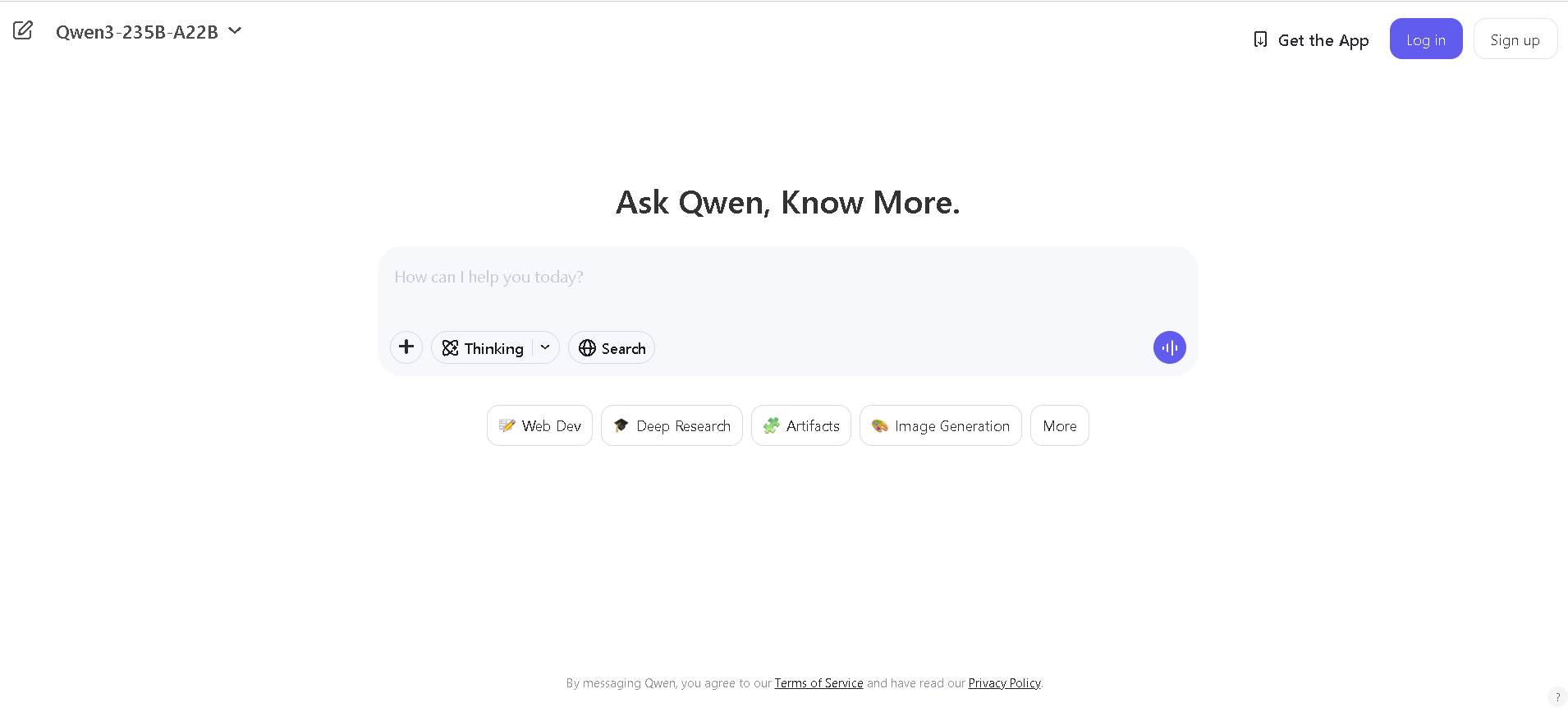
Qwen Chat
Qwen Chat is Alibaba Cloud’s conversational AI assistant built on the Qwen series (e.g., Qwen‑7B‑Chat, Qwen1.5‑7B‑Chat, Qwen‑VL, Qwen‑Audio, and Qwen2.5‑Omni). It supports text, vision, audio, and video understanding, plus image and document processing, web search integration, and image generation—all through a unified chat interface.

Qwen Chat
Qwen Chat is Alibaba Cloud’s conversational AI assistant built on the Qwen series (e.g., Qwen‑7B‑Chat, Qwen1.5‑7B‑Chat, Qwen‑VL, Qwen‑Audio, and Qwen2.5‑Omni). It supports text, vision, audio, and video understanding, plus image and document processing, web search integration, and image generation—all through a unified chat interface.

Qwen Chat
Qwen Chat is Alibaba Cloud’s conversational AI assistant built on the Qwen series (e.g., Qwen‑7B‑Chat, Qwen1.5‑7B‑Chat, Qwen‑VL, Qwen‑Audio, and Qwen2.5‑Omni). It supports text, vision, audio, and video understanding, plus image and document processing, web search integration, and image generation—all through a unified chat interface.
Editorial Note
This page was researched and written by the ATB Editorial Team. Our team researches each AI tool by reviewing its official website, testing features, exploring real use cases, and considering user feedback. Every page is fact-checked and regularly updated to ensure the information stays accurate, neutral, and useful for our readers.
If you have any suggestions or questions, email us at hello@aitoolbook.ai
